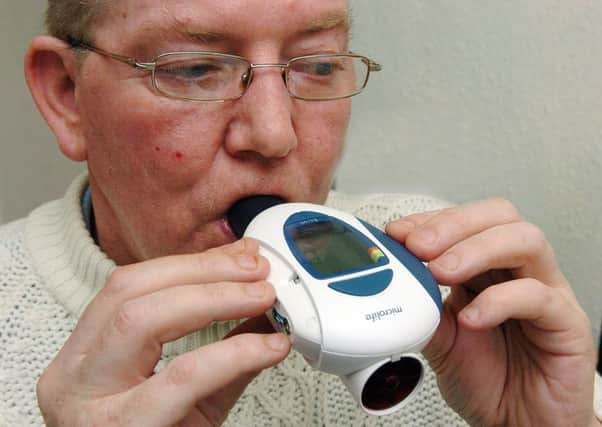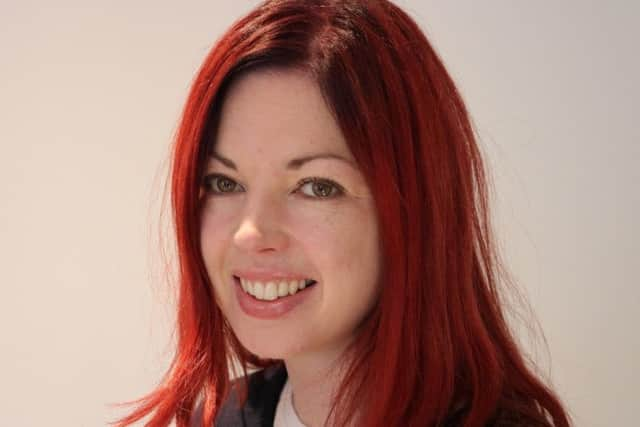Jane-Claire Judson: Take a deep breath '“ and then imagine you can't. That's why help is crucial


This is Maggie’s story. She was only in her late 20s when she was diagnosed with cardiomyopathy – a heart condition – and was fitted with an internal defibrillator that can shock the heart back to a normal rhythm. After three occasions where the defibrillator had to kick in to keep her alive, she began to experience extreme panic, anxiety, depression, and her confidence left her.
When we hear about the many people whose lives are saved by today’s incredible technologies and medical research, it’s easy to forget about ‘what next’. The impact on the day-to-day when living with a health condition. How do people cope with the psychological impact? Everything can become a challenge – going to work, enjoying a social life and hobbies, or sometimes just leaving the house. People can feel isolated from the rest of the world.
Advertisement
Hide AdAdvertisement
Hide AdThe links between physical health and mental health are clear. One affects the other. If you are living with a long-term health condition you are 2-3 times more likely to experience mental ill health. If you experience mental ill health you’re more susceptible to poor physical health too. Add in other factors, like where you live and your financial situation and the chances and challenges of poor health increase.


As a charity we work with people who have experienced heart disease, a stroke – the leading cause of adult disability in Scotland – and with people who have chest conditions like chronic obstructive pulmonary disease (COPD), which makes breathing difficult. In all cases, rehabilitation support is a crucial part of learning how to self-manage, by ensuring people can live well, both physically and mentally.
Experiencing breathlessness can lead to anxiety and panic, sometimes resulting in a hospital admission. This gets worse in winter with the cold weather and an increase in colds and infections, so COPD admissions are a big part of the strain our hospitals are under every winter. With forward planning by health boards, people could access rehab programmes in advance so they can deal with their COPD when it worsens. The bottom line is that it can save lives – but the investment just isn’t always there.
More people than ever are surviving strokes and heart disease and that means more people in our communities needing long-term support. There are simple ways to tackle this and they don’t just lie with the NHS. We can help too. Alongside our rehab services we support a network of 150 community groups across the country – a powerful way for people to feel in control of their own lives, build connections and stay active. The Scottish Government too is now taking action on social isolation – though the challenges in tackling this are clear in the disappointingly long process that is still underway to identify and drive forward any real action.
Maggie’s story – thankfully – doesn’t end there. She was told about a local Chest Heart & Stroke Scotland exercise group in Edinburgh called The Hoopers, where people with cardiac conditions come together each week. Their common experience means they can provide reassurance and support to each other, understanding what each other is living with.


One year on, Maggie is less anxious, more active, and more able to cope with her heart condition. Now she has gained back control and is living the life she wants to lead.
Chest Heart & Stroke Scotland helps people get their lives back. We help people to breathe better, live better, and their hearts to work as well as they can – and that helps us all to breathe more easily and feel less anxious for our family, friends and colleagues. If you would like to find out more or need some advice and a listening ear, you can call our Advice Line on 0808 801 0899 or see our website www.chss.org.uk. We can do this because people across Scotland make an amazing choice to spend some of their money on supporting our work, investing in people like Maggie, and committing their hard earned cash to help others. To find out how to support us see www.chss.org.uk.
Jane-Claire Judson, CEO, Chest Heart & Stroke Scotland.